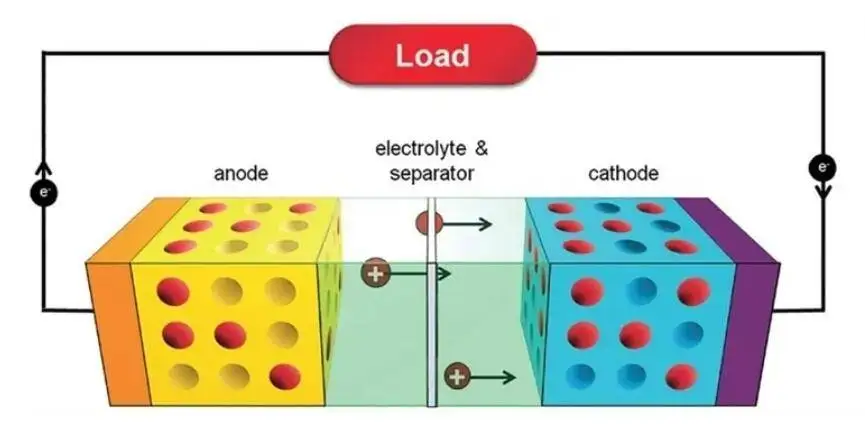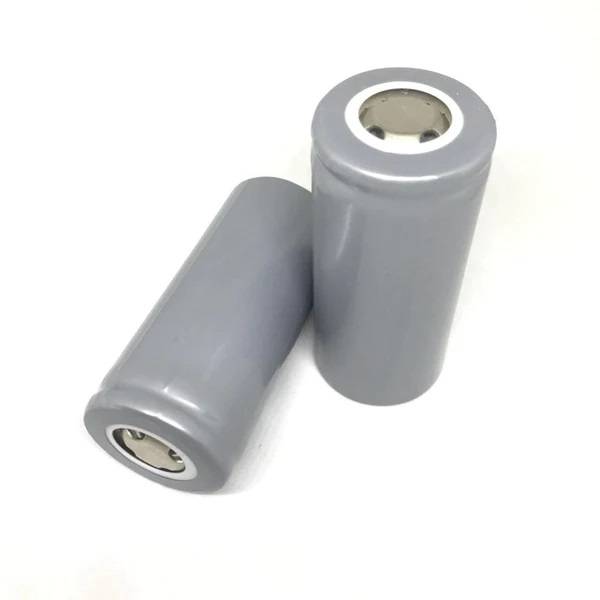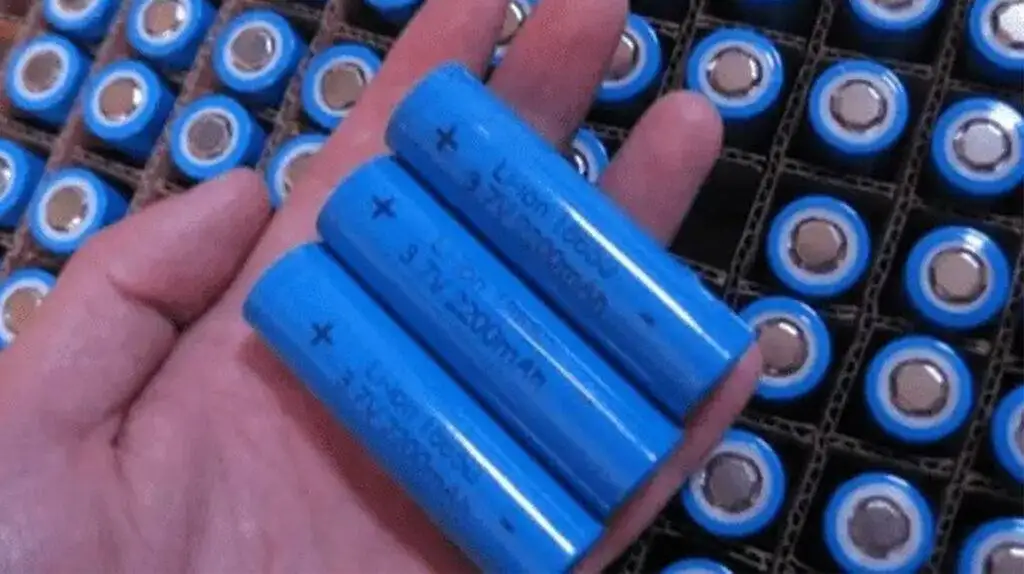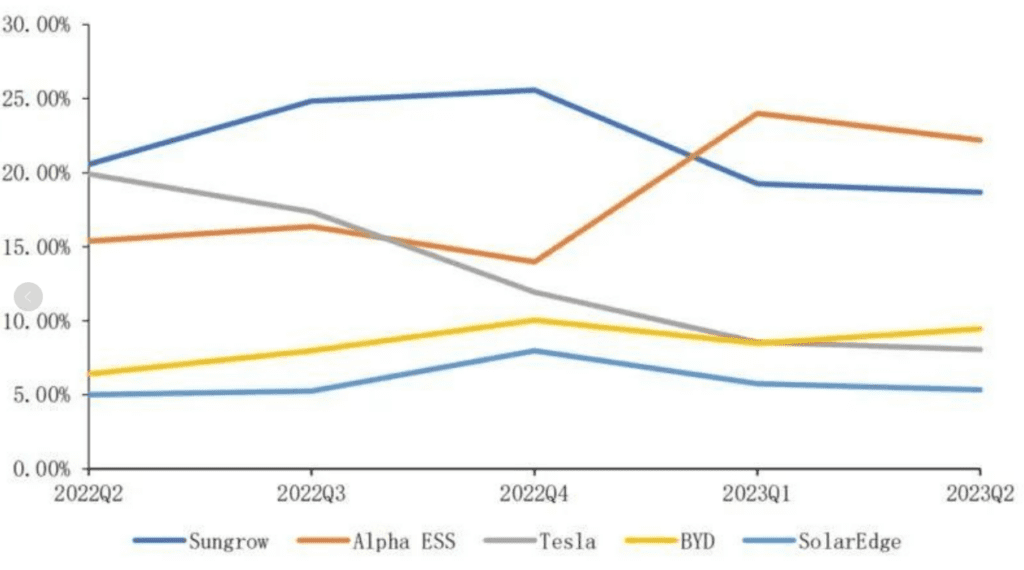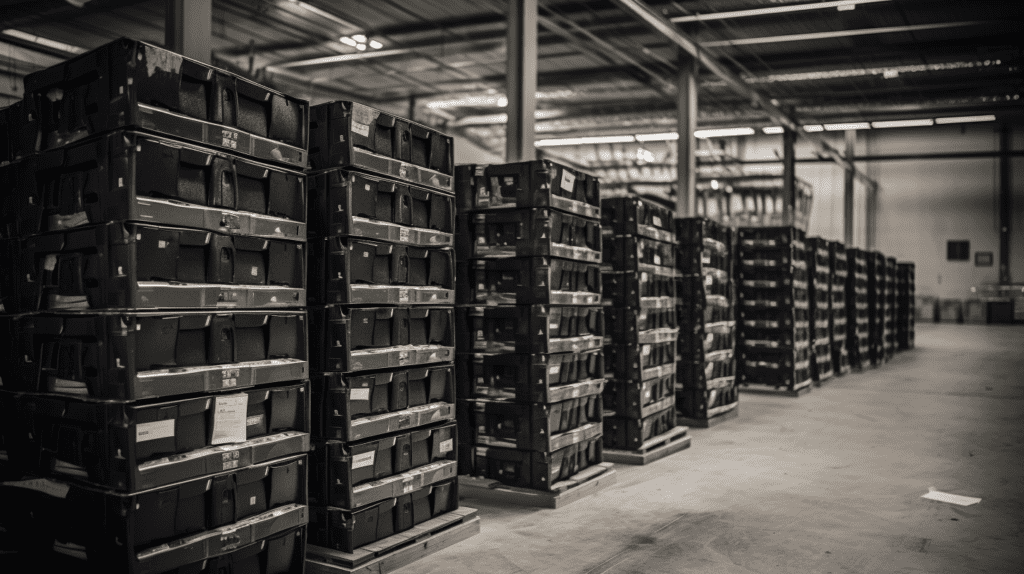Battery C rating measures how fast a battery can safely be charged or discharged relative to its total capacity. It defines the current a battery can deliver or accept and influences performance, lifespan, and safety. Understanding C rating ensures optimal battery selection for applications like lithium golf cart batteries, such as those by Redway Battery, maximizing efficiency and durability.
What Is Battery C Rating and How Is It Defined?
Battery C rating is the ratio of the charge or discharge current to the battery’s rated capacity (Ah). For example, a 1C rating means the battery can deliver its full capacity in one hour; a 2C rating means full discharge in half an hour, and 0.5C means a two-hour discharge. It’s expressed as:
C-rate=Charge or Discharge Current (A)Battery Capacity (Ah)
This fundamental measure helps define how quickly energy flows in and out of the battery safely.
How Does C Rating Affect Battery Performance and Lifespan?
Higher C ratings allow faster charging/discharging, which is essential for high-power applications but can increase heat and stress on the battery, potentially reducing its lifespan. Lower C ratings imply gentler charge/discharge rates, extending battery life but limiting power availability. Redway Battery’s LiFePO4 packs balance C rating to deliver longevity and high performance.
Why Is C Rating Crucial for Lithium Battery Safety?
Charging or discharging beyond a battery’s rated C value risks overheating, thermal runaway, and permanent damage. The battery management system (BMS) monitors C rating adherence to prevent unsafe conditions. Lithium batteries, including those from Redway Battery, incorporate protections aligned with specified C ratings to ensure user safety and battery integrity.
Which Types of Lithium Batteries Typically Have Higher C Ratings?
Lithium-ion chemistries vary in C ratings. Lithium Iron Phosphate (LiFePO4), commonly used by Redway Battery for golf carts and forklifts, usually supports a 1C continuous discharge with peaks above 3C. Lithium Nickel Manganese Cobalt Oxide (NMC) batteries can handle higher C rates (3C or more) but may have shorter lifespans due to faster chemical degradation.
When Should You Consider the C Rating While Choosing a Battery?
C rating becomes critical based on the power demands of your device or vehicle. For example, golf carts needing quick acceleration and heavy load support require batteries with higher C discharge ratings. Overlooking C rating can lead to underperformance or damage. Redway Battery advises evaluating C rating alongside capacity and compatibility during selection.
How Is C Rating Influenced by Battery Chemistry and Design?
Battery chemistry dictates ion mobility, electrode structure, and thermal characteristics determining the max C rating. Design factors like cell construction, heat dissipation, and internal resistance also impact rating. Redway Battery’s advanced manufacturing and cell engineering optimize these factors, delivering batteries with stable, reliable C rating performance.
Can C Rating Vary Between Charge and Discharge?
Yes, a battery’s maximum safe charge C rating can differ from its discharge C rating. Typically, discharge ratings are higher, reflecting how quickly power can be drawn versus safely charging the battery. Redway Battery specifies charge and discharge C ratings separately in datasheets to guide safe operation.
Where Can You Find Accurate Battery C Rating Information?
Battery C ratings are detailed in product datasheets, labels, or technical specifications. If unclear, consulting manufacturers like Redway Battery directly ensures access to precise data for informed decision-making. Understanding this aids in matching batteries to load profiles and charger capabilities.
Does Higher C Rating Always Mean Better Battery?
Not necessarily. While high C ratings enable rapid power delivery and charging, they often trade off with cycle life and cost. Users must balance performance needs with longevity and safety. Redway Battery offers optimized C ratings tailored to application demands, ensuring ideal compromises for quality and endurance.
How Does C Rating Impact Charging Time?
C rating directly relates to charging duration. A 1C charge rate means full charge in one hour; 0.5C in two hours. Higher charge rates shorten time but increase heat generation and stress, risking degradation. Redway Battery’s BMS control manages charging currents to maximize battery health while minimizing downtime.
Could Ignoring C Rating Cause Battery Failure?
Yes, exceeding the recommended C rating can cause excessive heat, internal damage, reduced capacity, swelling, or in extreme cases, fire and explosion. Proper adherence to C rating limits prevents such risks. Redway Battery builds rigorous safeguards into its products to protect against misuse.
Redway Battery Expert Views
“Understanding and respecting the battery C rating is paramount in maximizing lithium battery efficiency and longevity. At Redway Battery, our LiFePO4 packs are engineered with precise C ratings to balance rapid power delivery and extended cycle life. This ensures customers receive high-performance, safe, and durable energy solutions tailored for applications like golf carts and forklifts. Proper C rating management is key to unlocking true battery potential.”
— Redway Battery Engineering Team
Conclusion
Battery C rating defines how quickly a battery can safely charge or discharge relative to its capacity, impacting performance, safety, and lifespan. For lithium batteries, especially LiFePO4 used by Redway Battery, understanding and applying correct C ratings ensures optimal operation and durability. When selecting lithium batteries, factor in application power needs, thermal management, and manufacturer C rating guidelines for reliable, long-lasting energy solutions.
FAQs
Q1: What happens if I discharge a battery above its C rating?
A1: Discharging above the C rating can cause overheating, damage battery cells, and reduce lifespan or cause failure.
Q2: Can a battery have different C ratings for charging and discharging?
A2: Yes. Discharge ratings are typically higher than charge ratings due to different stress levels involved.
Q3: How do I find the C rating for my battery?
A3: Check the battery’s datasheet, label, or consult the manufacturer directly for exact C rating values.
Q4: Are higher C ratings always better?
A4: Not always; high C rates allow fast power but can reduce longevity and increase cost. Balance is essential.
Q5: How does Redway Battery optimize C rating in their products?
A5: Redway Battery customizes battery chemistry, cell design, and BMS to ensure safe, efficient C rating performance for various applications.






